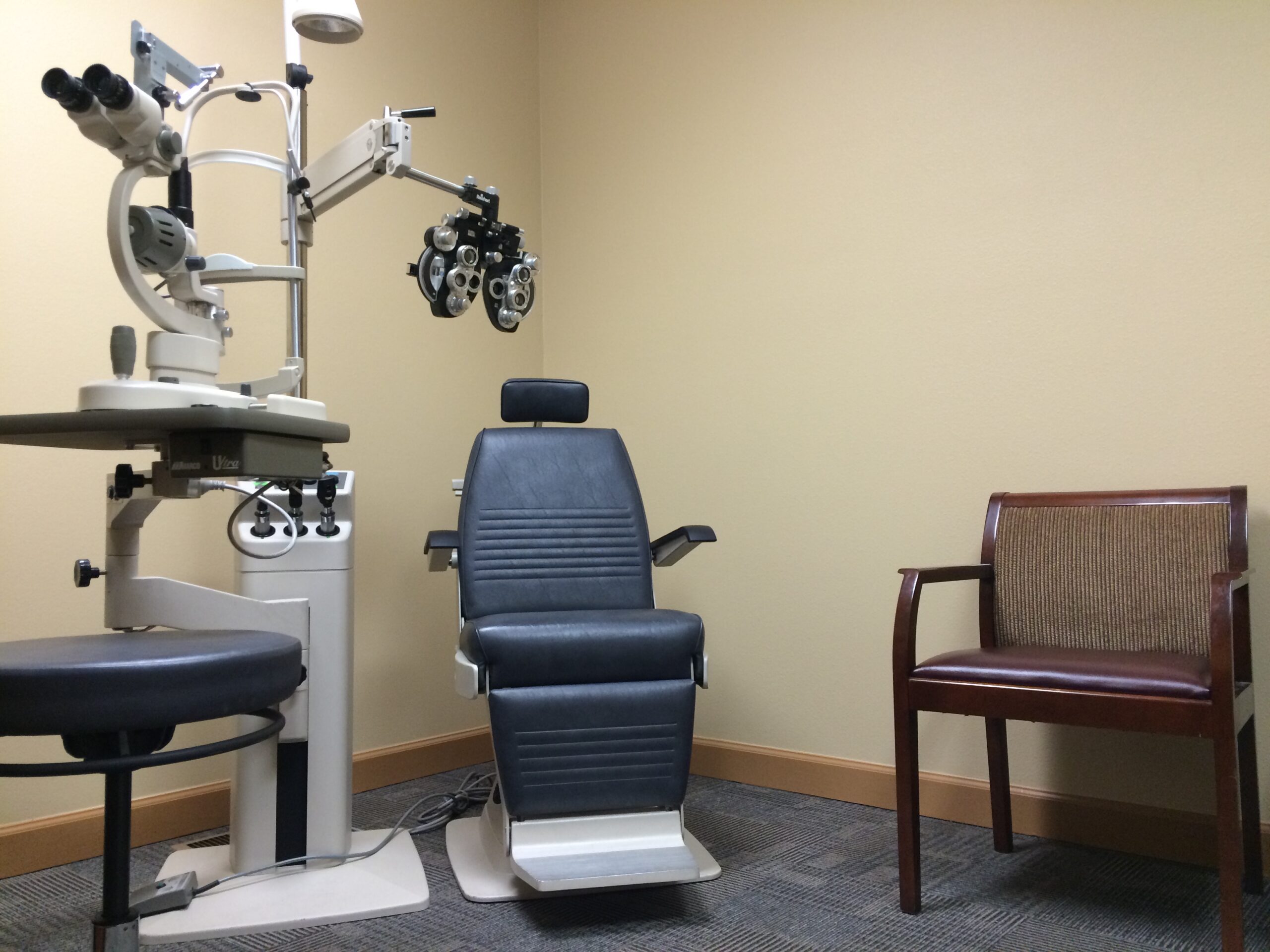Medical Vs Routine Eye Exam
Which one do I need?
The difference between “routine” vision examinations and medical eye examinations can be confusing and difficult to understand. There are, however, important differences between these two types of examinations and these differences determine how the office visit will be billed.
What is a “routine” vision eye examination?
Insurance companies define a “routine” or annual vision examination as an office visit for the purpose of checking vision, screening for disease, and/or updating eyeglass or contact lens prescriptions. These examinations are often addressed by discount vision plans such as VSP or EyeMed.
Are routine exams covered by Medicare?
By law, Medicare does not pay for routine vision exams or refractions.
What is a refraction? Is it covered under commercial insurance?
A refraction is the part of the office visit that determines the eyeglass prescription. This involves the comparison question “which choice is clearer, choice one or choice two?” as different lens combinations are presented to the patient. Medicare does not consider a refraction to be a “medically necessary” service, and therefore Medicare will not pay for this part of the examination.
If a patient has both medical insurance and a vision plan, which gets billed?
This depends on the reason for the visit: examinations for medical care, evaluation of an eye complaint, or to follow an existing medical condition are billed to the patient’s medical insurance. Examinations for the purpose of checking vision, screening for disease, or updating eyeglasses or contact lenses are billed to the patient’s vision plan, if the doctor participates in that plan.
When a patient presents for a routine vision exam and the doctor finds an eye health medical condition, can the charges be filed to the medical insurance?
No. If the reason for the visit was for a routine vision examination, those charges are billed to the discount vision plan.


